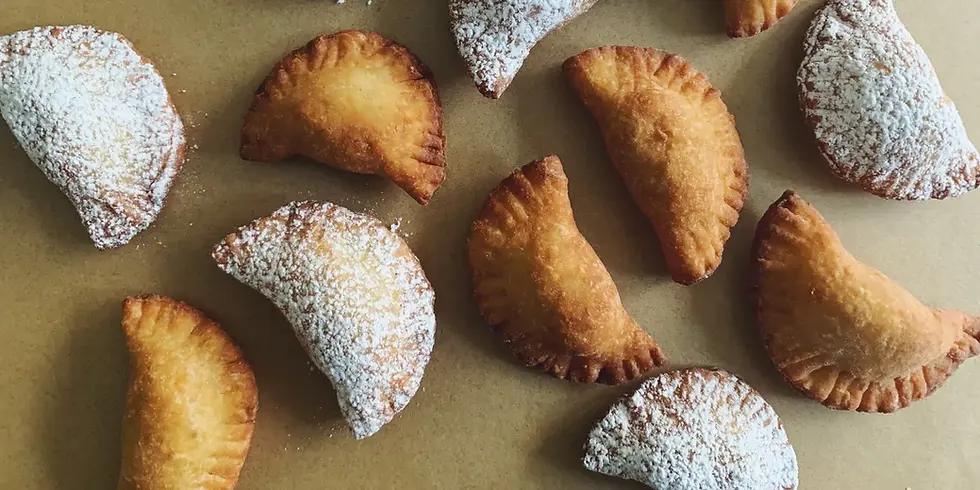"F" is for fall... and for fermenting!
- vitamentalitywelln
- Aug 9, 2024
- 3 min read
I love fall! I may have mentioned this many times before, but this just might be my favourite time of year, mostly because it is the season of the harvest. One of my absolute favourite things to eat straight off the plant is blueberries. Slightly sweet, slightly tart, that burst of juice and flavour you get when you pop them in your mouth... there is a lot of love about these little berries!
But one of my other favourite things about fall is that is the time of year when people traditionally started preparing foods for storage over the colder winter months, so things like pickeling, fermenting and drying are used to preserve food for a longer time. This also preserves the nutrients, which can be a really useful thing when fresh food is harder or impossible to grow because the outdoors is covered in snow.
Fermenting is probably my favourite storage technique. You can ferment just about anything, from pickles to cabbage, but I learned this year that you can also ferment blueberries! (I know, mind blowing right?). These blueberries are delicious on their own as a health-beneficial snack, especially if you need an immunity boost. I even like to eat a spoonful of just the honey sometimes!
Try adding this blueberry honey to plain yogurt or even on top of ice cream. It’s also delicious drizzled on pancakes for an extra blueberry kick. The honey can also be used to sweeten tea or top buttered toast. Use it anywhere you need a little bit of sweetness or a yummy blueberry burst!
Store this fermented blueberry honey in a cool place for many months or even a year, if not longer. As with many fermented food, time is on your side with this recipe! (It seems that the longer it sits, the deeper the flavour gets.)
DISCLAIMER: blueberry honey should not be given to babies under one year of age, ever. Wait until they are at least a year, maybe a year and a half before introducing this food.
Fermented Honey Blueberries:
2 cups blueberries
1 cup raw honey (more or less, depending on how much is needed to fully cover the berries) – it is very important to use raw honey for this recipe, as it has all of the bacteria and wild yeast that are necessary for fermentation
Wash the blueberries and place into a wide-mouth pint-sized mason jar, leaving an inch or so of space at the top of the jar. Add enough honey to cover the blueberries completely (make sure the blueberries are completely coated with honey. The blueberries will float, but that is ok. The small amount of juice from the blueberries will create just enough liquid for fermentation to happen
Place the lid on the jar loosely, then tuck it into a dark place. (it’s a good idea to put a plate underneath the jar during fermentation, as it may bubble up, and a little bit of honey could possibly drip out)
Every day or so, tighten the lid on the jar and flip it upside down to coat the blueberries with honey. Loosen the lid again when you return it to the upright position. Within a few days to a week, you may start seeing small bubbles start to form on the surface of the honey
The blueberry honey will ferment for about a month, but you can eat it at any time. The flavor will continue to develop over time, the blueberries will shrivel a bit, and the honey will become much runnier and will be pink or purple in color
Store the fermented blueberry honey in a cool place for many months or even a year, if not longer






Comments